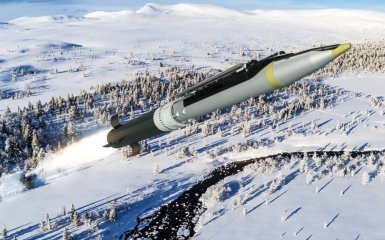The Pentagon said that Ukraine will receive American GLSDB bombs in accordance with the agreements, but did not specify the specific terms of the transfer of weapons.
What is known about the transfer of GLSDB high-precision bombs to Ukraine
Pentagon spokesman Pat Ryder officially confirmed at a briefing that Ukraine will receive a new GLSDB high-precision, long-range bomb from the United States. The dates are not mentioned for security reasons, but Politico writes that it will happen on January 31.
As acknowledged last year, we will provide GLSDB to Ukraine as part of our security assistance efforts. However, due to the security of our operations, we cannot confirm specific dates, Ryder said.
Politico wrote that Ukraine will receive the first batch of entirely new weapons produced by Boeing, which are not in the arsenal even in the United States.
The new bomb, which has a range of 150 kilometres, is expected to be a "significant opportunity for Ukraine," one U.S. official said.
The bombs are transferred within the Ukraine Security Assistance Initiative (USAI) framework. It provides funds within the limits of funding previously approved by Congress to produce new weapons for the Armed Forces.
What is known about GLSDB
GLSDB (Ground-Launched Small Diameter Bomb) is a small-diameter bomb launched from ground installations. This weapon combines an aerial bomb and an M26 unguided missile.
GLSDB is a joint development of the American company Boeing and the Swedish concern SAAB. The manufacturers took the American GBU-39 precision air bomb and added a rocket engine from the old M26 rounds to the Western M270 and HIMARS rocket launchers.
This made it possible to launch aerial bombs from ground installations. If the projectiles from the MLRS usually fly along a ballistic trajectory, the GLSDB works differently. It gains speed and height with the help of an engine and then, like a cruise missile, flies to the point of impact.
The U.S. military has a similar air-launched version of the bomb, but no ground-launched version is yet in the U.S. arsenal.
More on the topic
- Category
- Ukraine
- Publication date
- Додати до обраного


